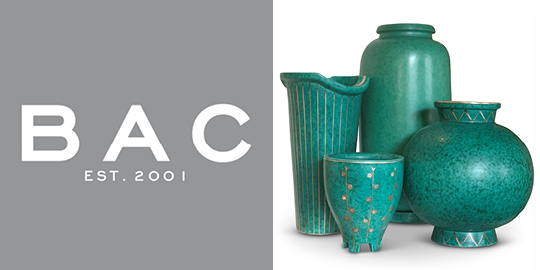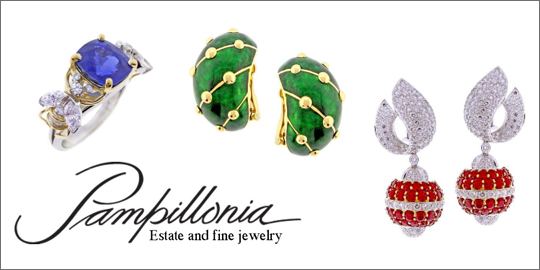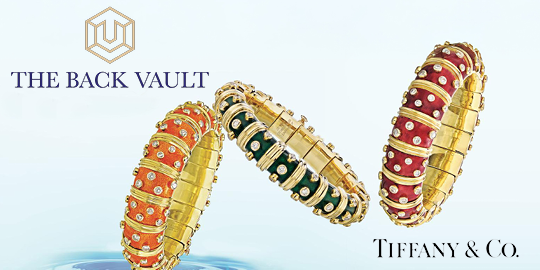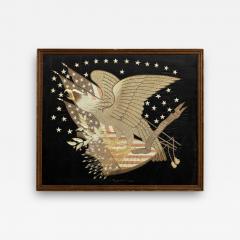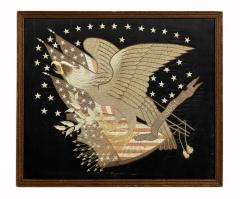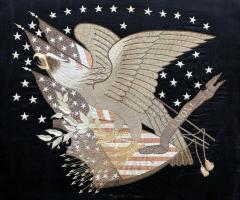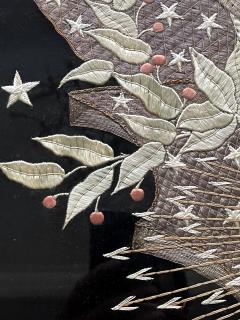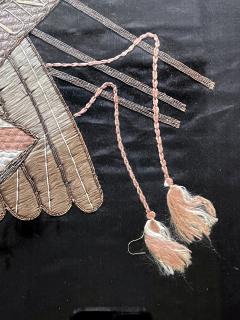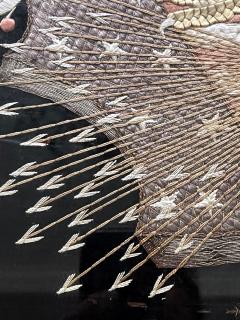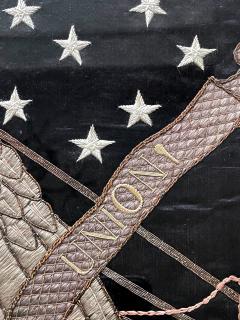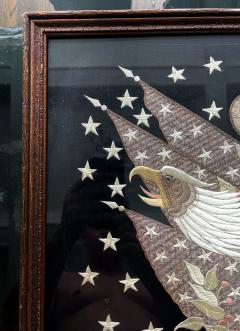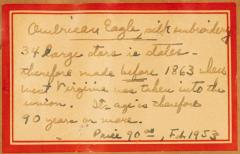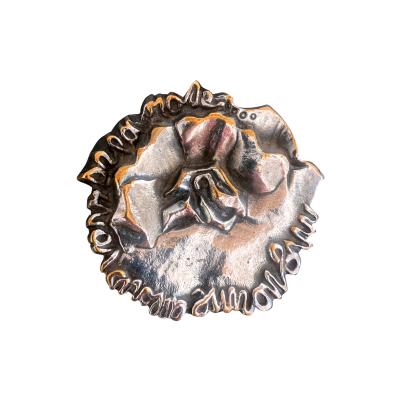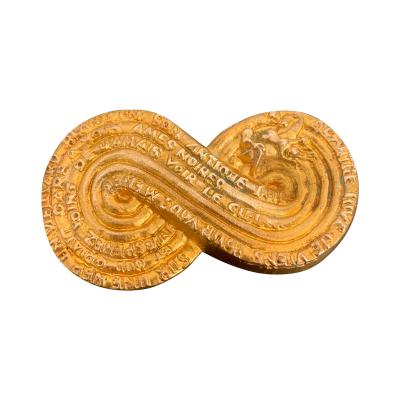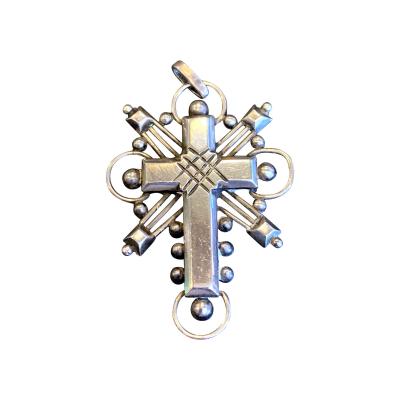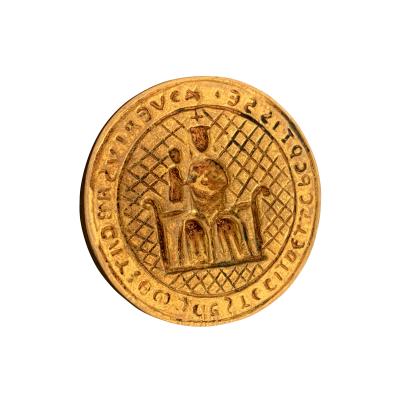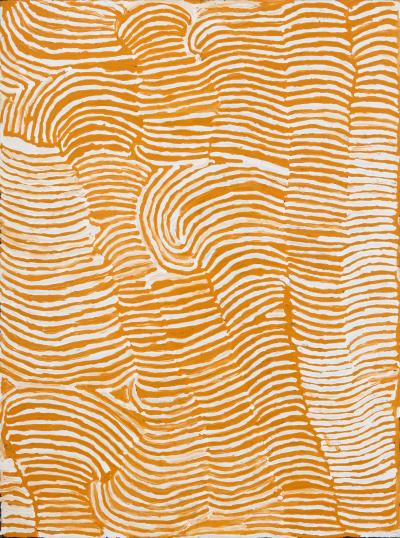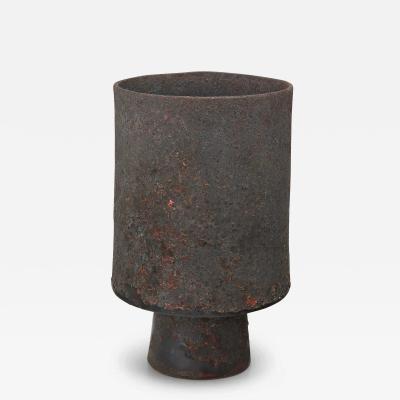Antique Japanese Export Silk Embroidery Panel of American Union
-
Description
A rather fascinating silk embroidery panel that depicts an American eagle perched on a shield, with laurel branches and shooting arrows under the feet and American flags on the back. Thirty four large stars are scattered in the background and the word "UNION" is embroidered on a fluttering ribbon.
In 1854, after Matthew C. Perry, the commodore of the United States Navy Perry, succeed in the opening of Japan to the West following the Convention of Kanagawa, Japan ended its isolation and closure to the west for the previous centuries. Seaports such as Nagasaki and Yokohama opened to the trades and foreign visitors such as sailors, businessmen and missionaries. These type of embroideries were produced as "cruise souvenir" to meet the demand of these new clients, typically the sailors from Britain and America. Outwardly American in subject manner, the techniques and methods were traditional Japanese and the work displays superb craftsmanship. Interestingly, these silk panels provide a historical snapshot of the contemporary events in America at the time. The presence of the thirty four stars dated the piece between 1861-1863 before West Virginia joined the union. The word "Union" indicates that it was likely made for a customer from North as that was the time when the civil war raged on the continent (1861-1865). The silk panel is not only a piece of Japanese textile art, it is also a piece of Americana art and a regalia of America history. Consider it was made at the very end of Edo period before Meiji restoration, it is a rare and early piece. The panel itself is 21.5" x 25.5" (sight). 23.5" x 27.5" with frame.
For literature and reference see Threads of Silk and Gold Ornamental Textile from Meiji Japan (Ashmolean): pager 74-81. -
More Information
Documentation: Signed Origin: Japan Period: 19th Century Materials: silk, wood frame Condition: Good. Textile appears in fine condition with minor wear and a few strands of sagging threads. Some residual wear on the lower panel apparently from making as shown. Wood frame appears period or old and shows some expected wear. Creation Date: 1861-63 Styles / Movements: Asian, Traditional Patterns: Asian/Oriental, Handmade Incollect Reference #: 475346 -
Dimensions
W. 23.5 in; H. 27.5 in; D. 1 in; W. 59.69 cm; H. 69.85 cm; D. 2.54 cm;
Message from Seller:
Tishu, based in Atlanta, GA, offers a diverse collection ranging from Neolithic art to 20th-century collectibles, with a focus on Mid-century design, Japanese and Korean art, Asian textiles, and Contemporary Aboriginal art. Driven by a passion for timeless beauty, the gallery is open by appointment only and offers works that span 5,000 years of history. Reach them at 305-400-0561 or tishu@tishugallery.com.








